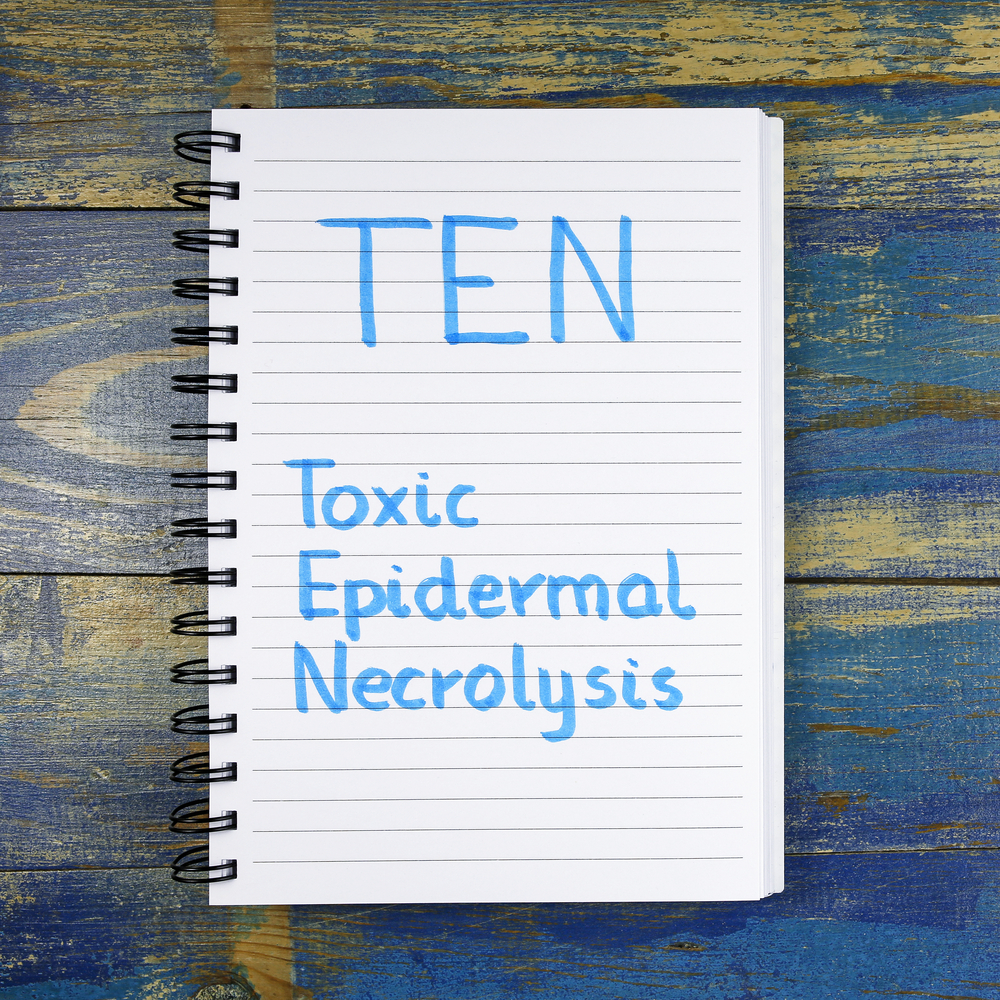Drug Therapy Combo May Have Led to Toxic Epidermal Necrolysis in Multiple Myeloma Patient

Multiple myeloma patients taking the immunomodulatory drug thalidomide may develop a potentially life-threatening dermatologic disorder called toxic epidermal necrolysis (TEN), according to a recent case report published in the International Journal of Dermatology.
The study, “Toxic epidermal necrolysis induced by thalidomide and dexamethasone treatment for multiple myeloma,” reported the case of a 62-year-old Korean woman who developed TEN after being treated with thalidomide (marketed as Thalidomid among others) and dexamethasone (marketed as Decadron, among other brand names).
TEN is a rare and life-threatening cutaneous reaction characterized by widespread reddening of the skin, necrosis, and detachment of the epidermis (the outer layer of the skin) and mucous membranes, resulting in extensive exfoliation, with possible sepsis and death.
Usually, TEN develops as a reaction to prescription drugs, such as sulfonamides, anticonvulsants, and allopurinol. In this instance, the researchers reported a case of TEN following thalidomide and dexamethasone treatment.
The woman had been diagnosed with stage 3 myeloma three months before, and treated with combination chemotherapy containing Oncovin (vincristine), thalidomide, and dexamethasone. The patient developed fever and dysphasia (difficulty in communicating or understanding others), as well as erythematous macules and patches on her face and torso four weeks after initiating treatment.
The lesions then spread to her entire body, and the patient showed erosion of mucous membranes in the areas of her mouth and eyes.
Laboratory results showed elevations in erythrocyte sedimentation, C-reactive protein levels, and liver enzymes. A type of immune cells called eosinophils also was increased.
Following a skin biopsy, the patient was diagnosed with TEN. Thalidomide treatment was immediately discontinued, and the patient started receiving the anti-inflammatory steroid prednisolone. Her skin lesions resolved after two weeks of intensive therapy.
Although 20-25% of patients receiving thalidomide develop thalidomide-induced rash, TEN has only been described in two other cases of multiple myeloma and in one patient with glioblastoma. In all three cases, the patients also were receiving dexamethasone, and the researchers suspect these two drugs may be interacting to induce TEN.
“In conclusion, dermatologists should keep in mind the possibility that thalidomide may cause TEN,” the researchers wrote. “Greater caution is required in patients receiving combination therapy with thalidomide and dexamethasone for the treatment of newly diagnosed multiple myeloma.”






